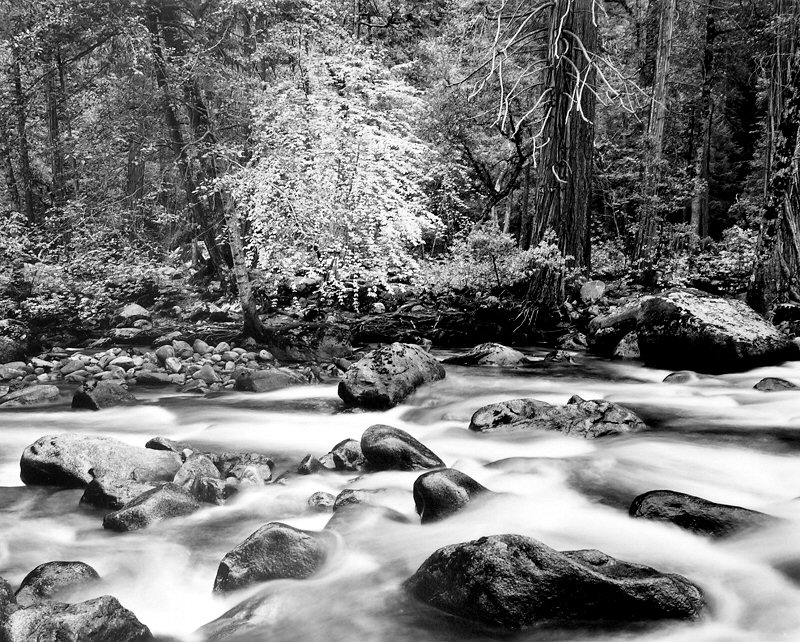- these photos can give an insight to people's lives
- this is also a way to examine
- interior
- detail
- big view
- buildings are stationary
- ready subjects with alot of detail
- varied tones and values
- camera exposures could last as long as nessicary
"try for a record of emotion rather than a piece of topography""-Frederick H. Evans
- evans was one of the greatest architectural photographers in the history of the medium
- use line to lead the viewers eye through an architectural image
- a buildings relationship to the things around it can reveal a lot about its personality
- pattern: the repetition of any of the elements of art
- bricks, designs in a carpet, walpaper, arrangement of windows
- smaller f stop gives a greater depth of field
- a bigger camera format=most detailed images
- architecture photographs can be either black and white or color
- there are many different kinds of lights
- incandescent lights(regular household bulbs)
- quartz lights(modern spotlights)
- flourescent lights
- each bulb gives a different color white
taking the "big picture" wide angle lenses are very useful
- the wider the lens is the more distortion you get
- using a yellow or orange filter will sperate the clouds from the sky
- a polarizer can also be used to darken a light sky or take the reflections from glass down
- big view: the wide angle
- perspective distortion: appears as strong converging lines in a building where the sides of a building angle in toward each other instead of looking parallel as they are in reality
detail shot: features of the individual architectural elements of a building









